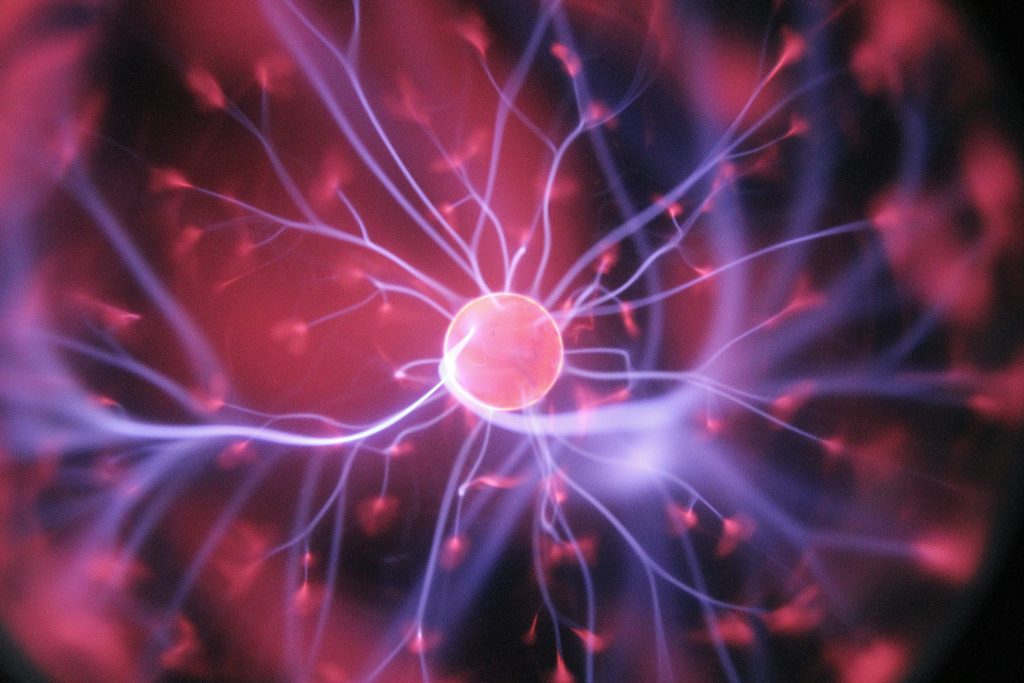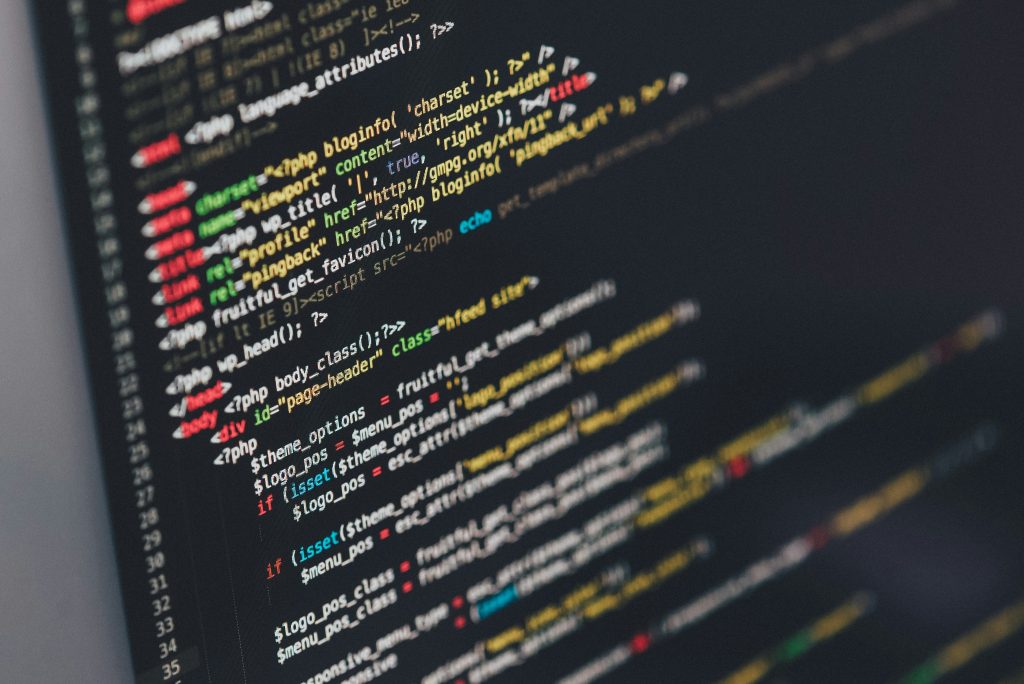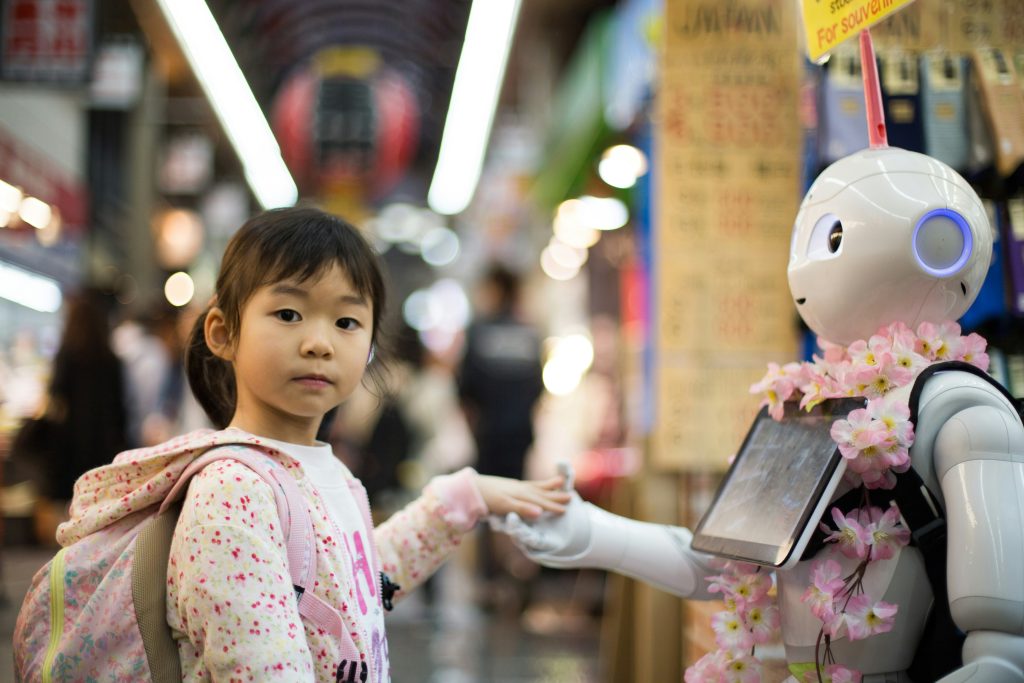AI has hit the industry HARD and staying up to date on the long list of terms people throw around when they talk about it can be quite a challenge. That’s why we’ve compiled the top 10 AI terms you should know to be “in the know.”
- Artificial Intelligence (AI): Let’s start with the basics, AI is a broad term for mechanical systems that act like humans. AI’s learn from different techniques that we’ll discuss later in this article like Machine Learning and Deep Learning.
Check out this article to learn more about AI and its use cases in manufacturing.
- Machine Learning (ML): According to IBM, “Machine learning (ML) is a branch of artificial intelligence (AI) and computer science that focuses on using data and algorithms to enable AI to imitate the way that humans learn, gradually improving its accuracy.” In simpler terms, it’s the process of feeding a computer a large amount of data that it uses to learn from with time.
For example, a manufacturer may use ML in predictive maintenance. An ML algorithm could analyze data from sensors on manufacturing equipment to predict when the machine may go down.
Check out our video to hear our co-founder’s take on AI vs ML.
- Deep Learning: Deep Learning is a more advanced type of machine learning that uses many layers of processing units to analyze and understand complex data. It’s inspired by how our brain works, with each layer of “neurons” learning to recognize different features. This is how technologies like facial recognition in social media apps and voice assistants work so well.

- Artificial Neural Networks : Neural Networks are the backbone of deep learning. They are a series of algorithms that try to recognize patterns, similar to the way a human brain does.
A neural network consists of interconnected layers of nodes (or neurons) that process data. Think of it like a giant web of decision points that help a computer learn and make sense of data, such as recognizing handwriting.
- Natural Language Processing (NLP): NLP is a field of AI that helps computers understand, interpret, and respond to human language. It’s the technology behind things like chatbots, translation services, and voice-activated assistants.
When you talk to your phone or type in a search query, NLP helps the computer understand what you mean and respond appropriately.
OpenAI’s ChatGPT & NewForge’s ExpertAI both use NLP to allow users to use their natural word-choice to communicate with their AI’s.
- Computer Vision: Computer Vision is a type of AI that enables computers to interpret and understand visual information from the world, like images and videos. It’s like giving sight to machines.
For example, it can be used for bin picking, palletizing and depalletizing, machine tending, defect detection, & much more.

- Supervised Learning: Supervised Learning is a machine learning technique where a computer is trained on a labeled dataset, meaning the data includes both the input and the correct output.
For example, if you wanted to teach a computer to recognize cats in photos, you’d show it thousands of photos labeled as “cat” or “not cat” until it learns to identify them on its own.
- Unsupervised Learning: Unsupervised Learning is another machine learning technique where the computer is given data without labels and must find patterns and relationships on its own. It’s like exploring a new city without a map and discovering landmarks and shortcuts on your own.
This method is used for things like organizing large sets of images by similarity or finding customer segments in marketing data.

- Reinforcement Learning: Reinforcement Learning is a type of machine learning where an agent learns to make decisions by taking actions and receiving rewards or penalties. It’s similar to training a pet with rewards for good behavior and penalties for bad behavior.
- Training Data: Training Data is the dataset used to teach an AI model how to make decisions or predictions. It includes inputs and the correct outputs so the model can learn their relationship.
For example, to train a model to recognize handwritten digits, you’d use a large collection of images of digits along with their correct labels.
Understanding these fundamental AI terms is crucial for anyone looking to stay current in the rapidly evolving field of artificial intelligence. From the basics of AI and Machine Learning to the intricacies of Deep Learning and Natural Language Processing, each concept plays a significant role in shaping the technologies that are transforming industries today.
As AI continues to advance, keeping on top of of these key concepts will be essential for leveraging its full potential and staying ahead in a tech-driven world.

